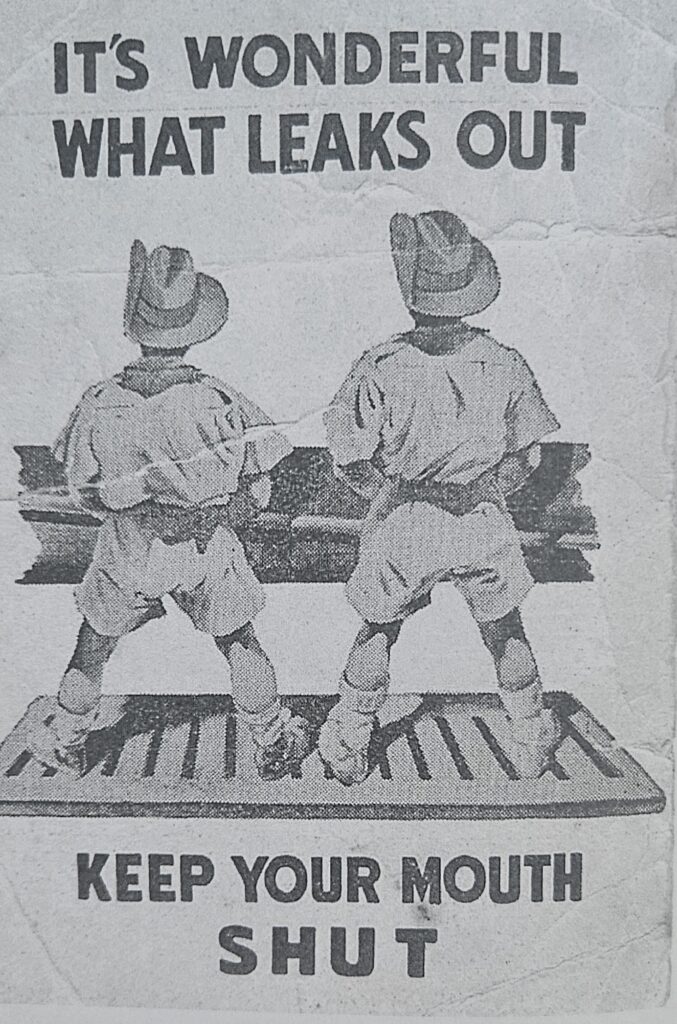
To meet the perceived threat from Japan, the Brisbane City Council began construction of at least 200 surface shelters. These concrete and sandbagged boxes changed the face of the city. Office buildings had taped windows and sandbagged entrances, water mains filled with salty bay water for fighting fires ran from North Quay along Ann and Elizabeth Streets. Lights were turned of for each night’s ‘brown-out’. Brisbane had become the command Centre for one of the largest wartime campaigns in history.
http://www,rnacarthurmemorial.com.au/brisbanewar.htlm
Brisbane City Council In WWII
Brisbane’s population in 1941 was about 350,000. That population almost doubled over the next 3-4 years, and the council services took a back seat to the war effort. with a wartime population that reached 75,000 troops, Brisbane’s facilities were taxed to their limit.
As Brisbane s roads crumbled under the weight of thousands of military vehicles, BCC occupied itself with maintaining the existing facilities. Water and transport were accorded priority over roads and sewerage. Throughout the tense months of early 1942 the Council played an important part in the feverish construction of air raid shelters, anti-aircraft defences and the provision of saltwater mains along the city streets for pre fighting purposes.
Over 600 civic employees were engaged in ARP work: planning a system of sirens, digging demonstration trenches in the Botanical Gardens, undertaking a basement survey of inner city buildings… City council depots and plants were requisitioned by military authorities….The civic defence effort was made even more difficult by a shortage of labour caused by the enlistment of Council officers (281 joined the armed forces
Cole, I R (1984) “Shaping a city: a greater Brisbane 1925-1985” Williams Brooks, Qld.
